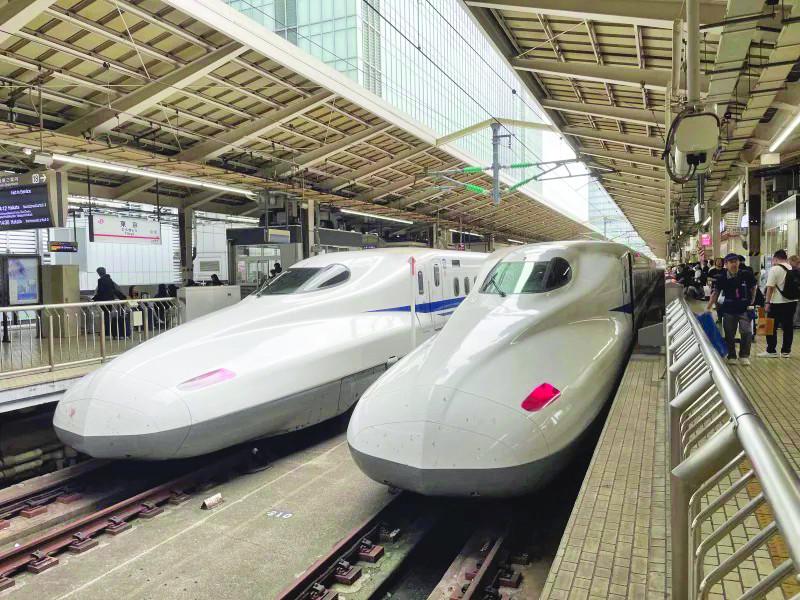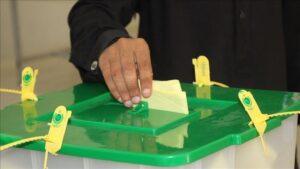LAHORE:
The Punjab government plan to operate the first Pakistan bullet train between Lahore and Rawalpindi appears far from reality, since the high rail officials qualify the idea of a “dream” given the obsolete rail infrastructure of the country and the immense financial requirements.
According to the details, while Punjab leadership is anxious to introduce a rapid rail system, a complete review of tracks, stations, signals, coaches, engines and support systems even for a high -speed train would be required, much less a bullet train.
The authorities said that current rail infrastructure is not able to withstand speeds of more than 100 km/h.
“It’s a dream,” said a senior rail official, speaking on condition of anonymity.
They pointed out that the cost per kilometer for a bullet train project was exorbitant, since it would require $ 40 million per km if an American company and $ 17-20 million per km for Chinese companies were executed.
Railway officials have written several proposals for a high speed alternative. The Federal Minister of Railways Hanif Abbasi, in a conversation with the Express PAkGazette, confirmed the ambition. “We already have coaches who could withstand high -speed trips, but the tracks are not compatible,” he said.
“However, we are determined to execute this project. After consultations with Prime Minister Punjab Maryam Nawaz, our goal is to reduce the travel time between Lahore and Rawalpindi at 2.5 hours. Punjab will finance the project.”
However, the 280 -kilometer route has multiple challenges since several experts are not optimistic.
Experts say that even marginal speed improvements would require a massive investment, potentially varying between RS200 billion and RS300 billion, and years of development.
Currently, the fastest service, the green line of Pakistan Railways, takes 4 to 4.5 hours to complete the trip. Other trains take 5 to 5.5 hours.
The authorities point out that the Lahore-Rawalpindi track was curvilinear and unequal, with steep slopes and decreases that make high-speed trips not insecure. There are also three bridges on the route that would need a complete reconstruction to support the required speed.
“We do not even have engines or coaches suitable for a bullet. Forget about bullet trains, even improve the average speeds will need hundreds of billions and an adequate plan, explained more a railway official.
He said that bullet trains required new systems completely, as seen in Japan, China and selected European countries where speeds range between 200 and 500 km/h, and even more today. He added that while nothing is “impossible,” the country must be realistic. Even in the United States, there is no full bullet trains network. Instead, a high -speed system could be a viable and relatively affordable alternative. He also noted that the work on the main line-1 (ML-1), a vital infrastructure project, has stagnated since 2015.
“If ML-1 is completed, we will not even need a bullet train. That is the key. Everything should be built from scratch for a bullet system. Given the cost, we must seriously involve China to complete ML-1. It is the best option at this time,” he added.
The projected price for the ticket for a bullet train also raises affair concerns. The rate could exceed 15,000 rupees to RS20,000 per passenger, so it is inaccessible for most travelers.
He compared it to the High Speed Railroad Hiemain of Saudi Arabia, which costs 130 to 220 Saudi Riyals (approximately RS10,000 to RS18,000), a viable rate through strong government subsidies. In Europe, bullet traifs are often twice in faces than regular trains.




